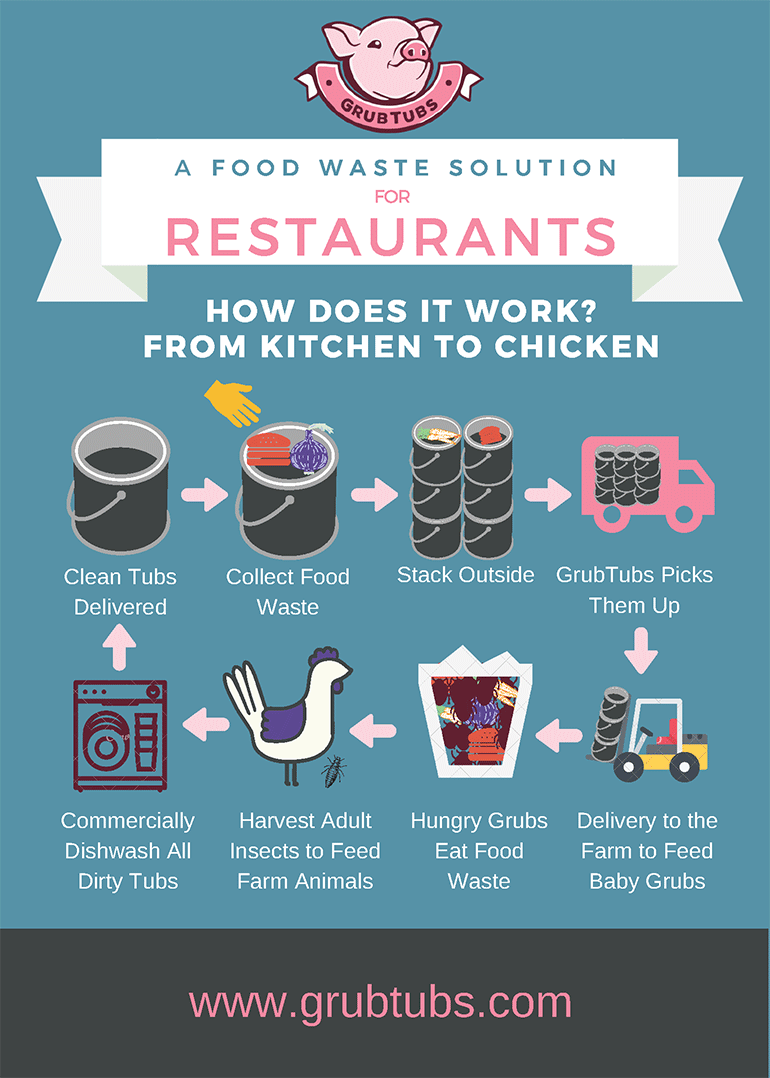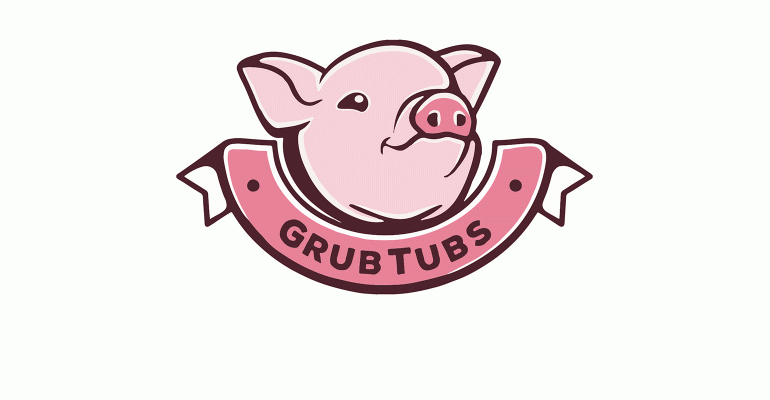For Robert Olivier, it started with a grub. The larvae of the black soldier fly is no ordinary grub though, he stresses. It’s a super grub of sorts. Or at least, it’s a super recycler. And Olivier is on a quest to harness the grub’s power to reduce food waste.
Through his business, GrubTubs, Olivier puts those mighty grubs to work on wasted food gathered from restaurant, hotel, and corporate kitchens. Those grubs eat the food waste and then the company brings the grubs to local farms where they become food for chickens and pigs. Ultimately, those chickens or pigs could end up on back in the kitchen, and the cycle starts all over again.
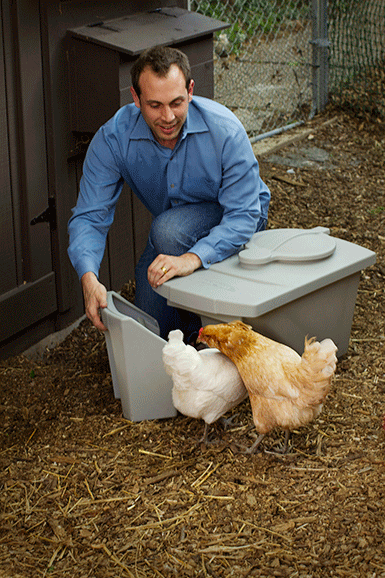 But before the cycle could begin, Olivier had to get restaurants’ buy-in first.
But before the cycle could begin, Olivier had to get restaurants’ buy-in first.
“In order for me to use nature’s most powerful recycling organism, the black soldier grub, we actually have to listen to the restaurants and come up with a system that people would use,” he said.
Food waste is a big issue for restaurants. It’s an environmental problem, of course, but also a financial one. Hauling trash away can cost restaurants a hefty fee. But for GrubTubs to haul away two tons of organic waste per month costs about $300.
Reducing food waste is particularly important for operators in cities like Austin, Texas, where restaurants are required to have programs to divert or reduce organic waste sent to landfills. For now, GrubTubs only operates in Austin, where the company is based, but plans to expand first to other metropolitan areas with organic-waste diversion ordinances.
For restaurants, collecting food waste also means dealing with unpleasant odors and attracting pests. Olivier considered these issues when creating his tubs with airtight, spill-proof lids. These lids also help ensure that none of the nutrients are lost before the waste is fed to the grubs.
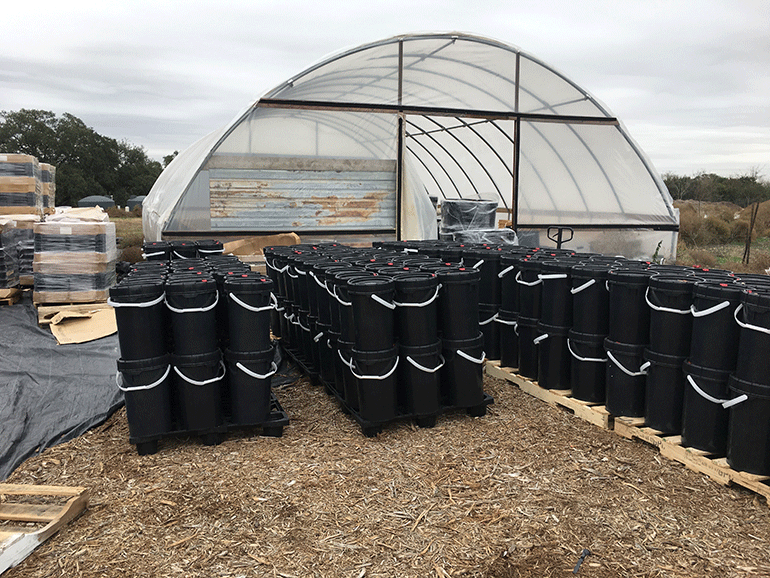
Operators place GrubTubs throughout the restaurant — prep kitchen, dishwashing station or anywhere that food has to be thrown away. Once a tub is filled, operators seal it and place it outside for pickup. The company replaces tubs with empty, clean and sanitized ones.
While food waste is a concern for restaurant owners and chefs, a big selling point for GrubTubs is the “kitchen-to-chicken” angle.
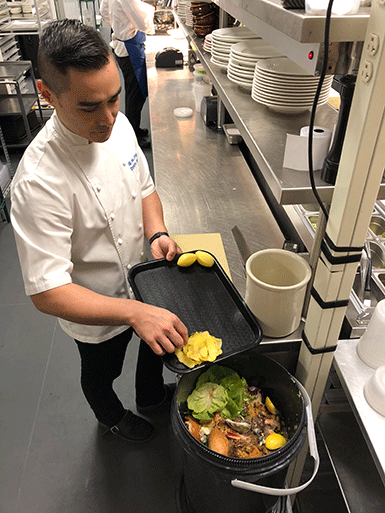 “The conversation started with food first,” said Derek Salkin, the executive chef at Austin-based restaurant Le Politique, one of the first restaurant to work with GrubTubs.
“The conversation started with food first,” said Derek Salkin, the executive chef at Austin-based restaurant Le Politique, one of the first restaurant to work with GrubTubs.
“The idea was turn it into food for animals, and then eventually those animals that are eating the restaurant waste would end up on the plate,” said Salkin. “It sounds really simple, but it’s an opportunity for chefs to curate their own menu experience.”
Working with GrubTubs “made a lot of sense, especially if we were going to have the opportunity to work with someone raising chickens and eggs and pigs for us,” he added.
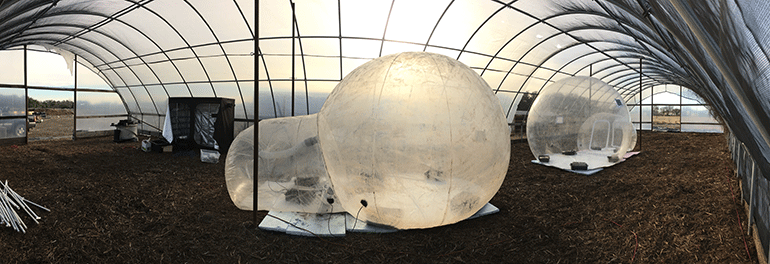
The grubs are placed into these
Ty Burk, of Westfold Farm, is one of those local farmers working with GrubTubs. He’ll soon be selling grub-fed heritage birds to restaurants in Austin.
Burk calls the process “table-to-farm-to-table.” And he finds that feeding grubs to chickens is sustainable on a few levels — the grubs are a more-affordable alternative to organic feed.
For Selkin, beyond the appeal of local heritage chickens and less garbage — “The trash can is very light these days,” he said — using GrubTubs helped the chef see how much food his restaurant wasted.
“As an operator, it makes you really starkly aware of what goes in the trash and what organic waste you’re putting in the tubs themselves,” he said. “It got our gears turning as chefs and what we could do to minimize what ends up in the tubs.”
And ultimately, that’s what Olivier’s mission is all about.
“When we look at food waste, we realize that whenever we waste something, someone loses,” said Olivier. And “it’s only when we provide a total solution to food that we are starting to see a total shift away from landfill.”
